The citizen scientists chronicling a neglected but vital Mexican river
Volunteers with Viaje al Microcosmos are documenting the life that remains—and still thrives—in a challenged urban river.
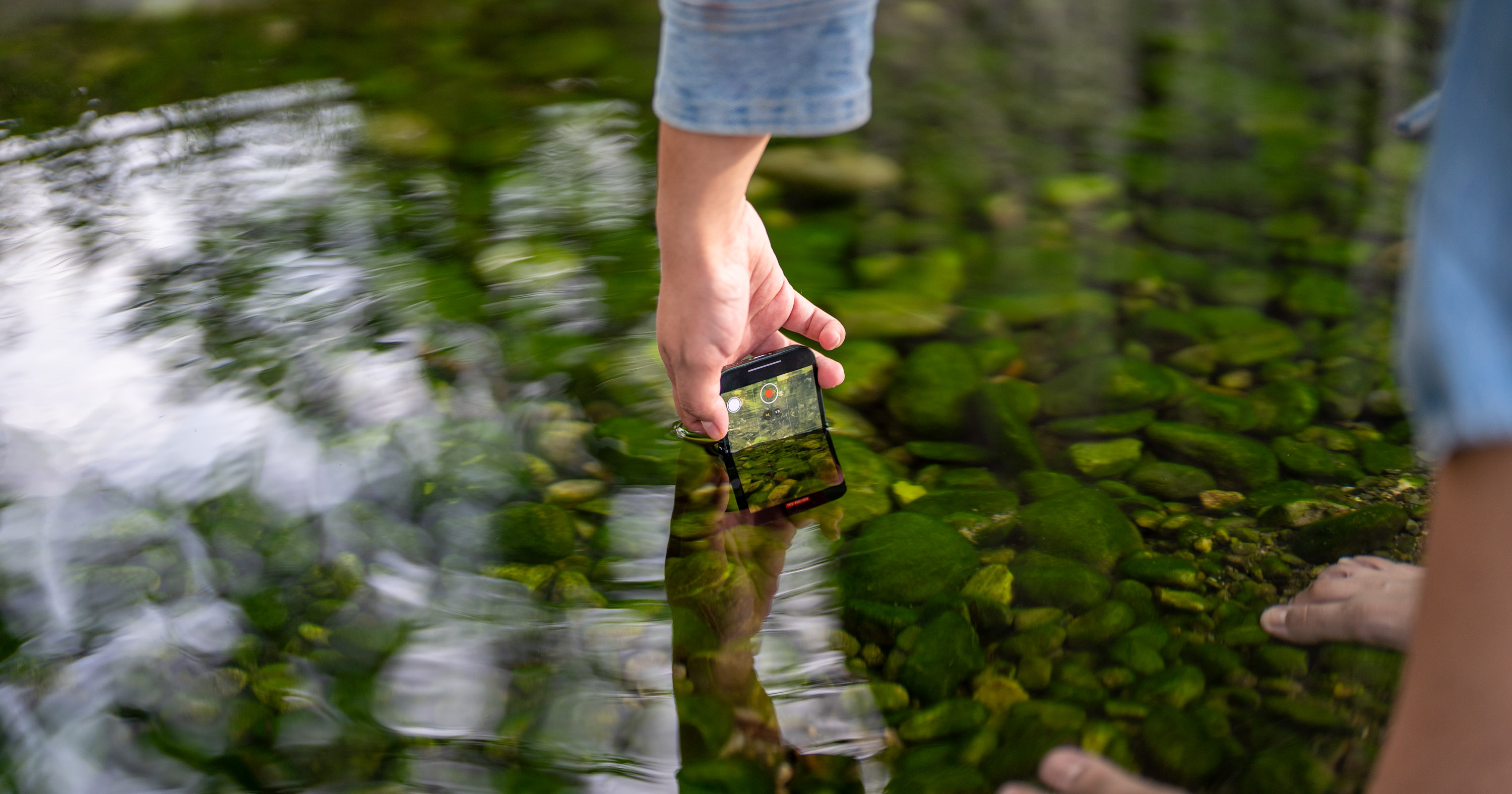
The city of Monterrey in northeastern Mexico is an industrial powerhouse that has rapidly devoured green space to make room for its 5.3 million people. The Sierra Madre Oriental mountain range around the city is still holding strong, though the hills are increasingly encroached on by the urban sprawl of skyscrapers, apartment buildings, industrial parks, and highways. The same can’t be said for the Río Santa Catarina, the river that has been the vital core of the city for hundreds of years.
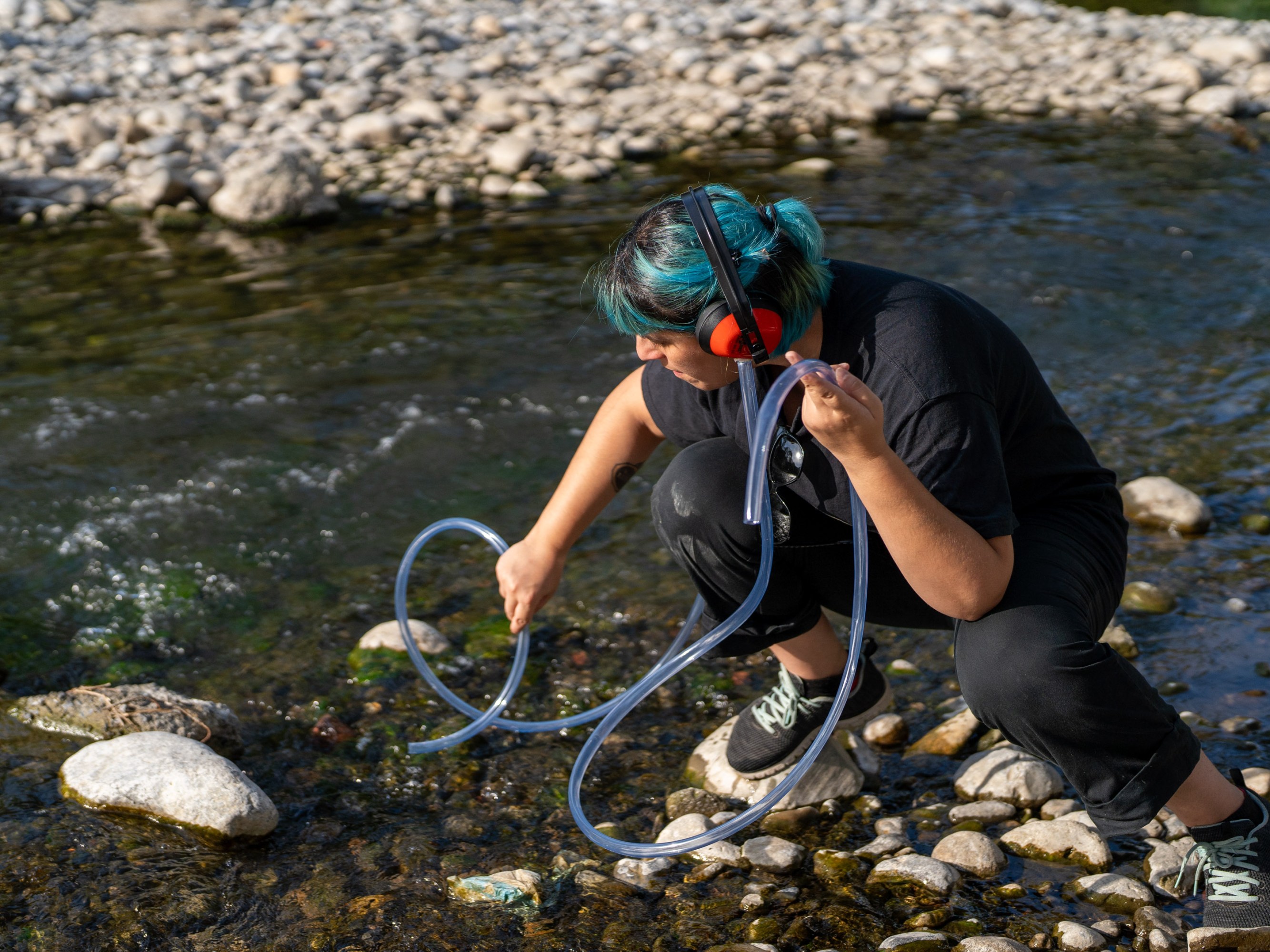
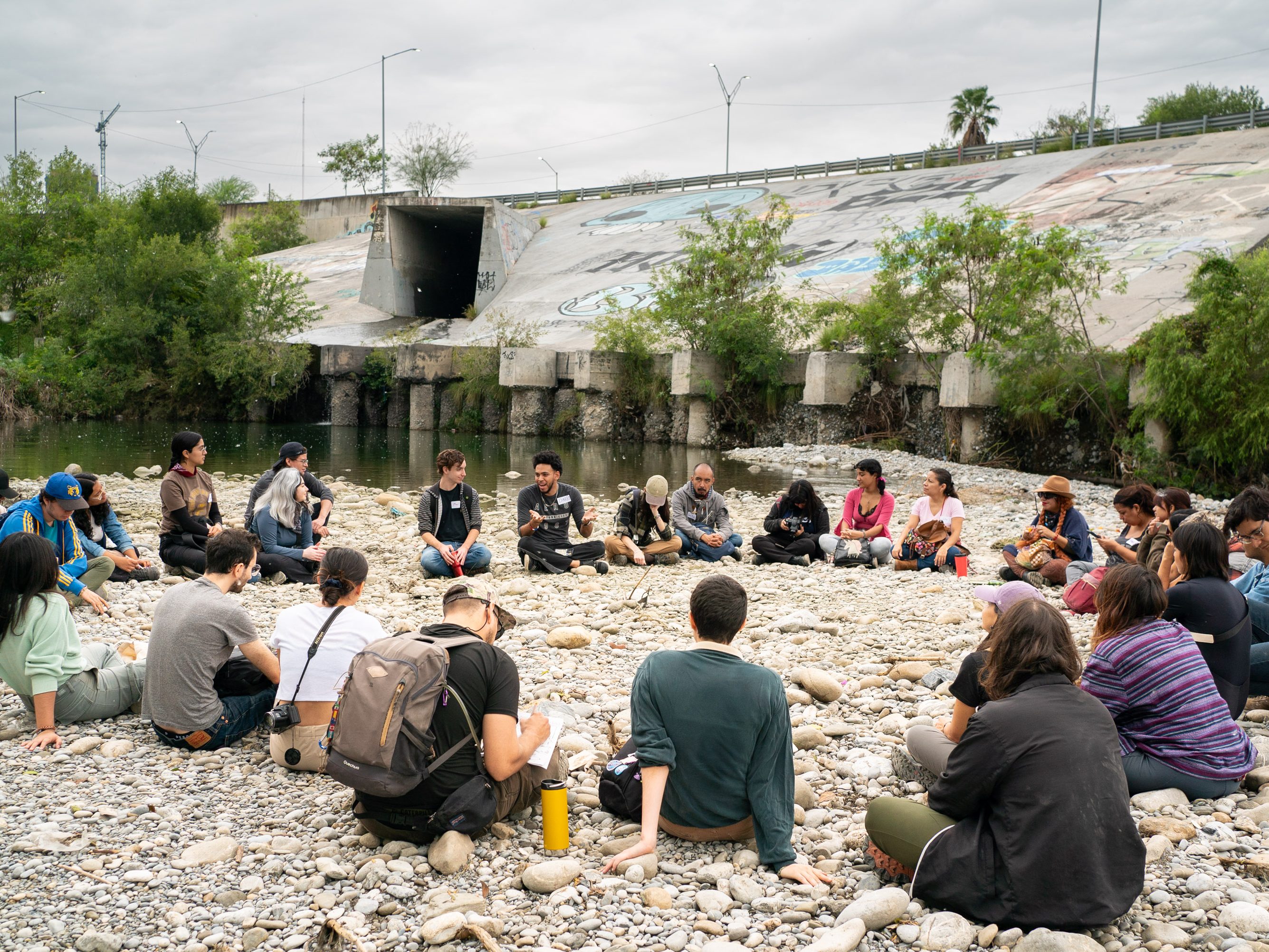
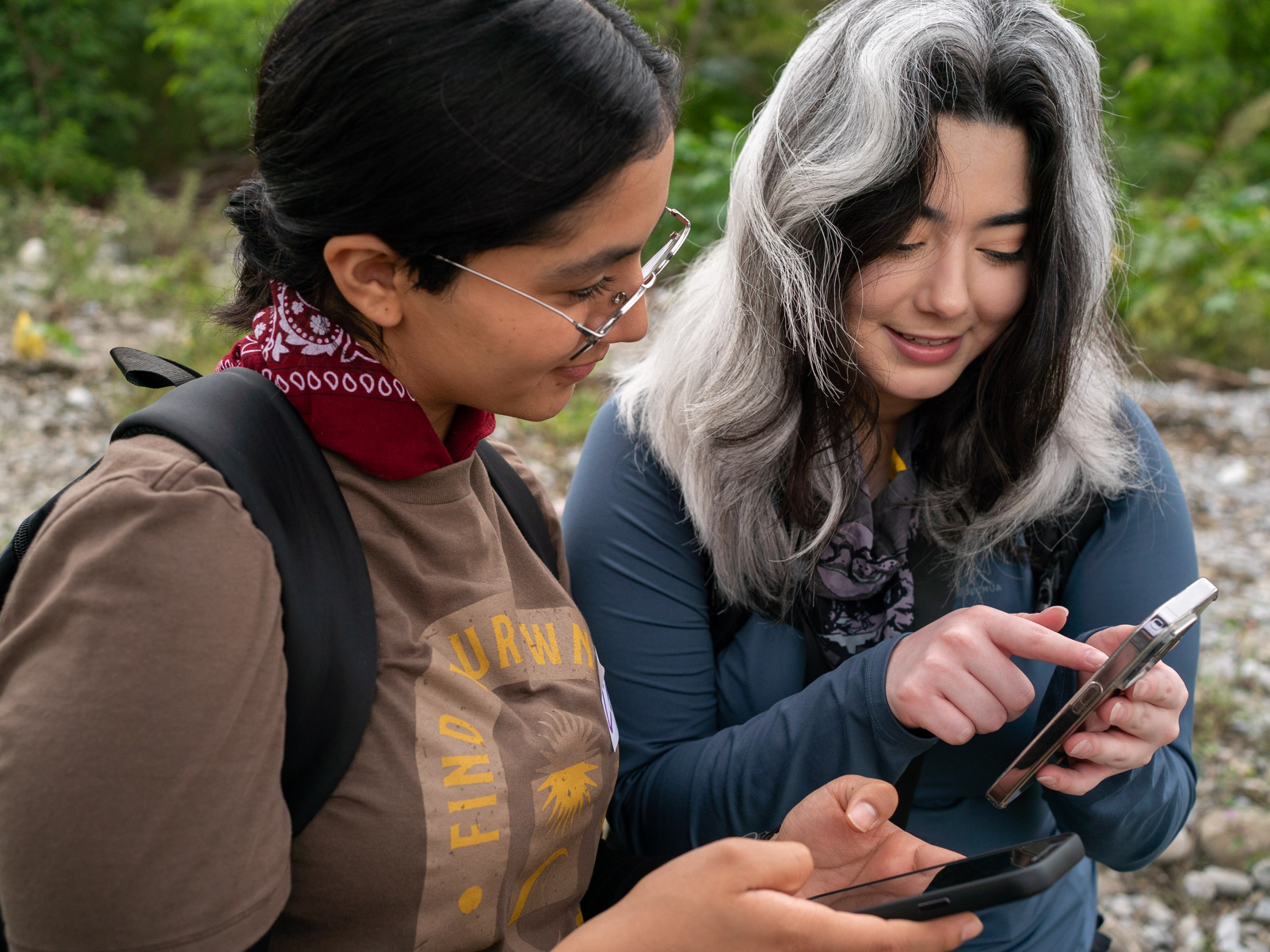
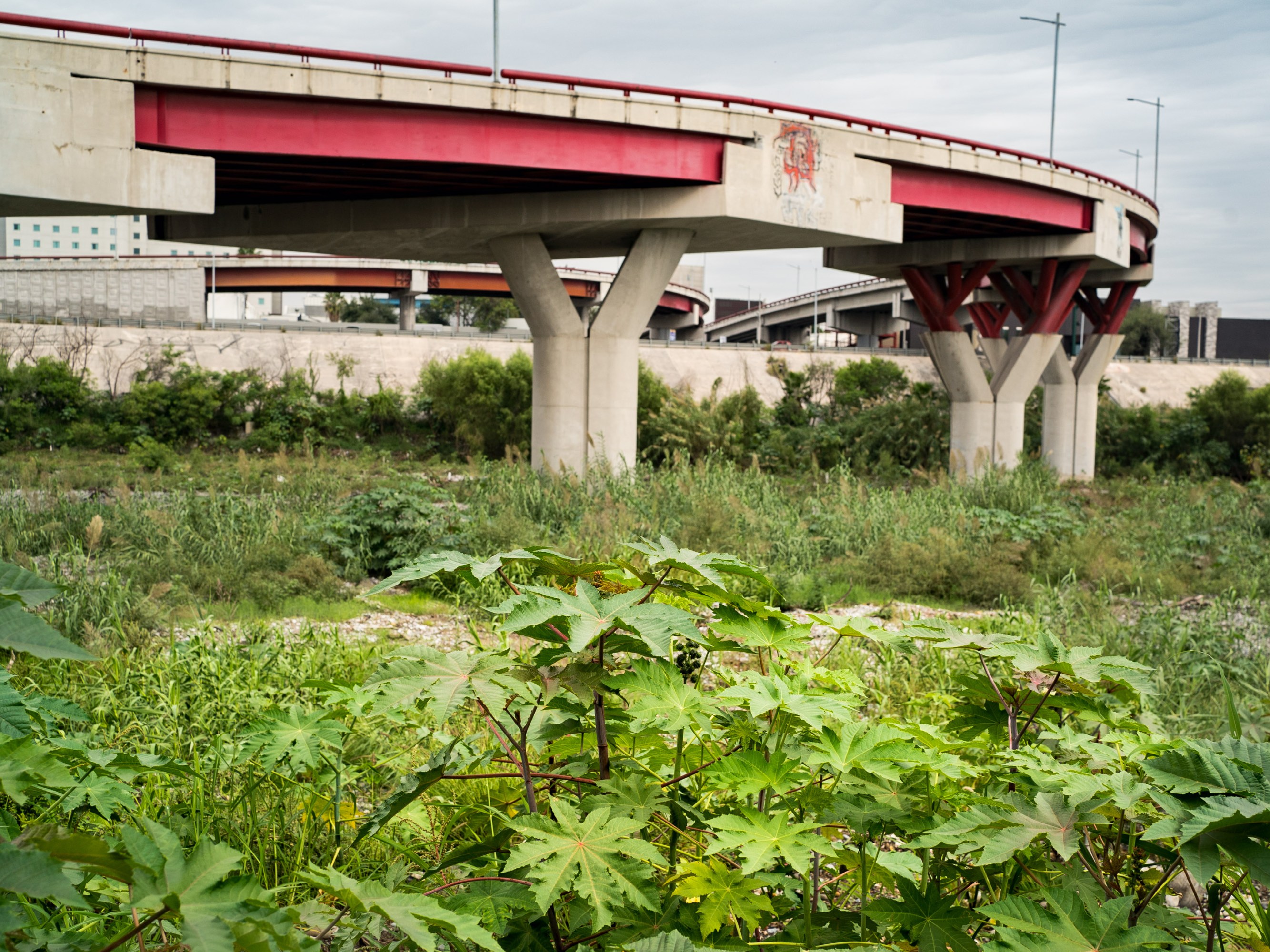
Today, the Río Santa Catarina looks more like a forest than a river. It is mostly a dry jumble of rocks whose water is diverted to supply the city’s growing needs. Much of the riverbed is obscured by vegetation that has grown wild since a hurricane in 2010 destroyed many structures along the river, including soccer fields, parking lots, and a mini-golf course. But despite what many city officials and residents make of it, this urban river is very much alive, and a group of young women wants to prove it.
The group, called Viaje al Microcosmos de Nuevo León (Journey into the Microcosm of Nuevo León), is not made up of scientists but, rather, of concerned citizens. Through the use of art and citizen science, its members are documenting and sharing with others the river’s forgotten nature—its trees, bushes, birds, flowers, insects, and even microorganisms (from which the group takes its name).
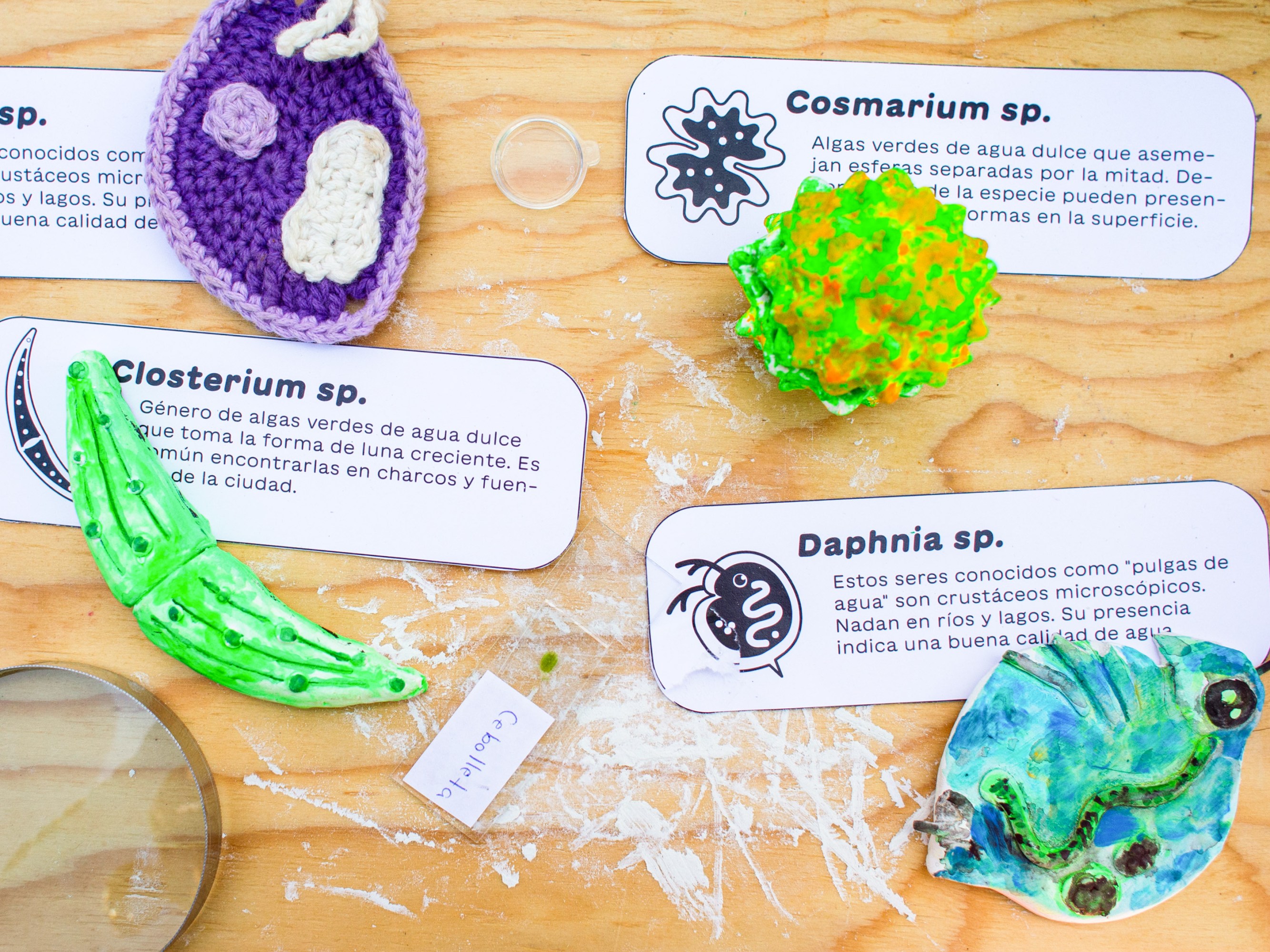
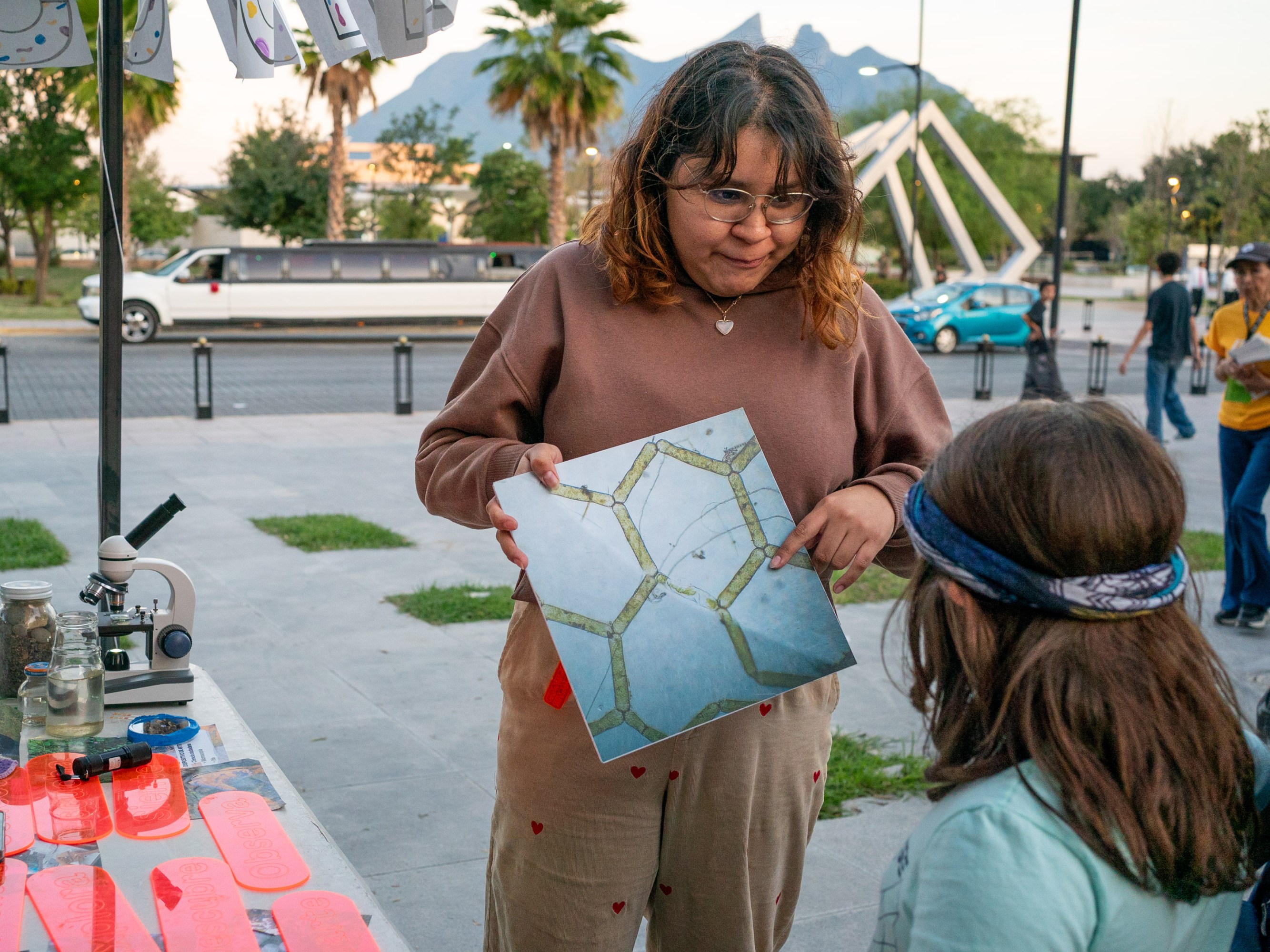
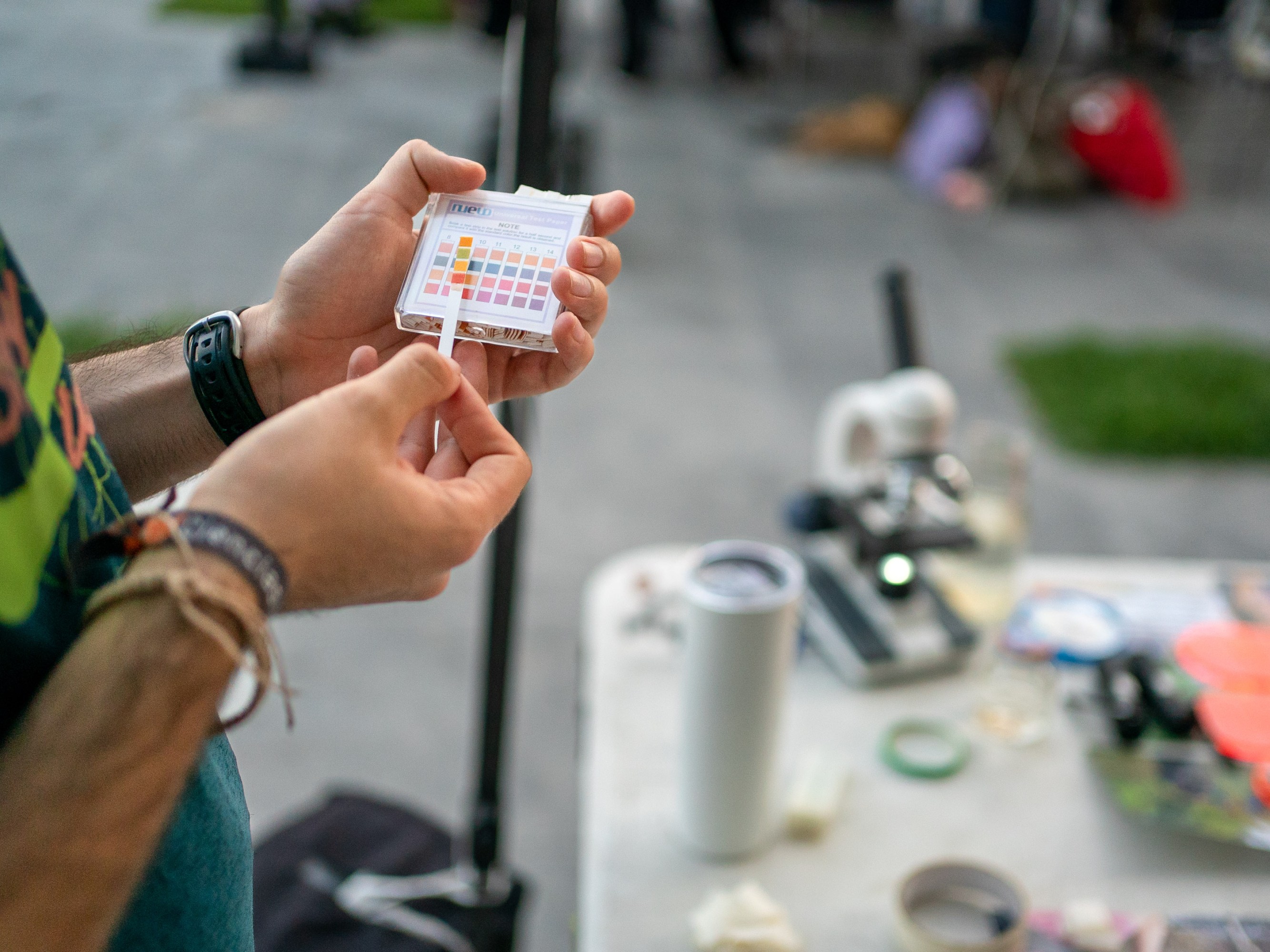
Since the fall of 2021, Viaje al Microcosmos has organized walks on the river to encourage the general public to explore the space and make new connections with this misunderstood body of water. In the last few years, participants have created their own microscopes to study water samples they’ve collected; created an immersive art installation to showcase the species that live on the river; produced a podcast; developed a template to help people document water quality; contributed to the Río Santa Catarina’s Wikipedia page; and more. Each activity helps build a community of city dwellers who believe the river is a natural resource worth protecting. The effort seems only more urgent against the backdrop of a regional drought, rising temperatures, and a government that continues to place environmental issues on the back burner.
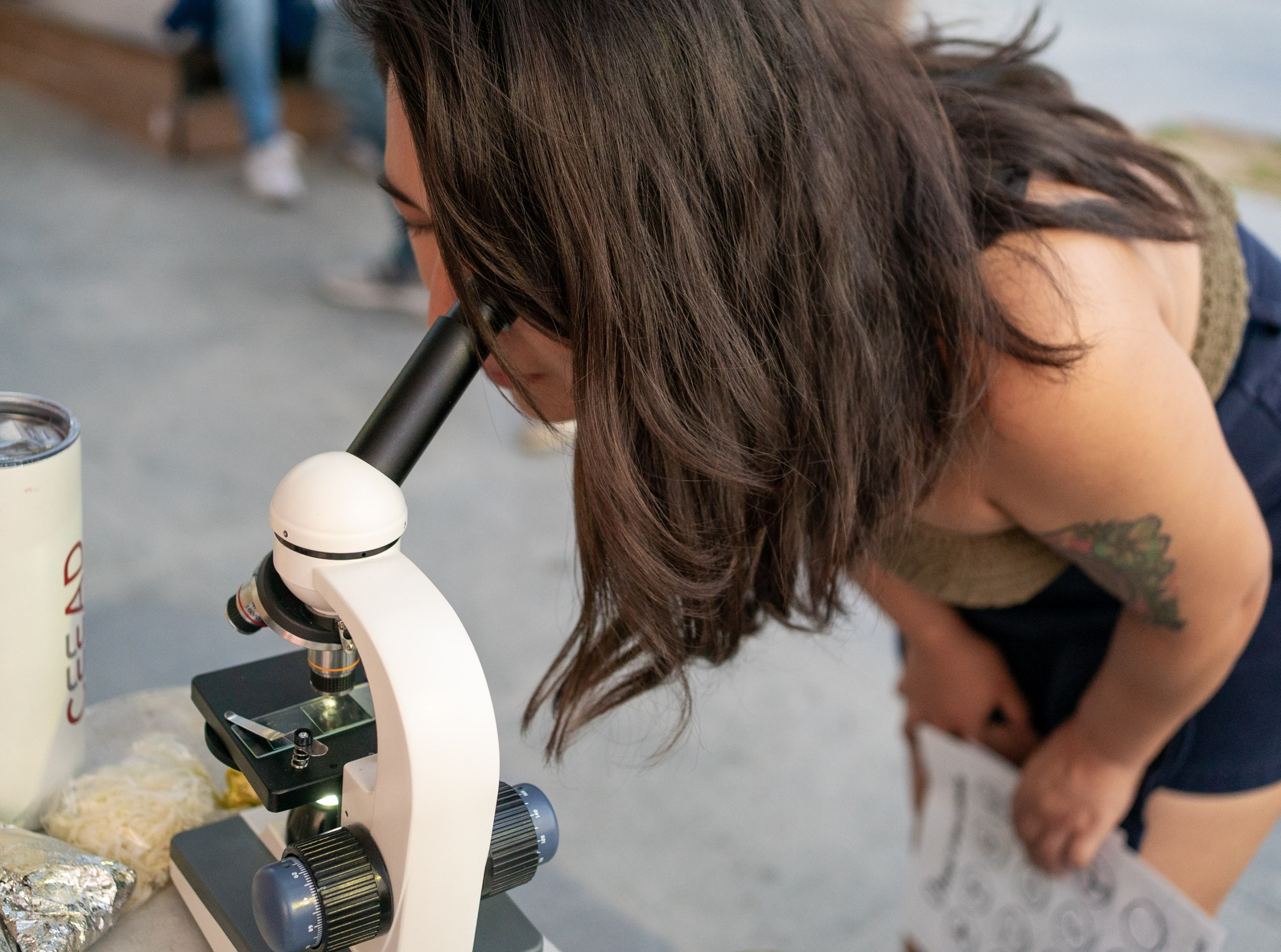
Viaje al Microcosmos’s goal is multifaceted and ambitious. The activists want to build a community of citizen scientists that pushes back against the belief that the river is for sale. They want to produce information about the river that can shape public policy and aid in its preservation. But perhaps most important, they want to instill the revolutionary thought that the Santa Catarina River can, in fact, be just that: a river.
Lorena Ríos is a freelance journalist based in Monterrey, Mexico.
The story was updated to correct the name of the founder of Viaje al Microcosmos in a caption. It is Lizeth Ovalle and not Lizbeth Ovalle.
Keep Reading
Most Popular
AI can now create a replica of your personality
A two-hour interview is enough to accurately capture your values and preferences, according to new research from Stanford and Google DeepMind.
This AI-generated version of Minecraft may represent the future of real-time video generation
The game was created from clips and keyboard inputs alone, as a demo for real-time interactive video generation.
Why AI could eat quantum computing’s lunch
Rapid advances in applying artificial intelligence to simulations in physics and chemistry have some people questioning whether we will even need quantum computers at all.
The 8 worst technology failures of 2024
Vertical farms, woke AI, and 23andMe made our annual list of failed tech.
Stay connected
Get the latest updates from
MIT Technology Review
Discover special offers, top stories, upcoming events, and more.